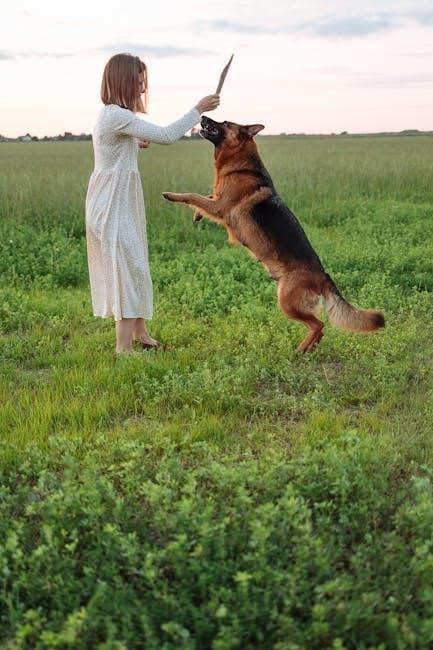Field hockey stick length guide provides essential information for players to choose the right stick‚ with a comprehensive guide to help select the correct length based on total height‚ using a step-by-step approach and size chart tables easily.
Importance of Choosing the Right Stick Length
Choosing the right stick length is crucial for field hockey players as it can significantly impact their performance and overall experience. A well-fitted stick can improve a player’s technique‚ balance‚ and control‚ allowing them to play with more confidence and accuracy. On the other hand‚ a stick that is too long or too short can lead to discomfort‚ fatigue‚ and decreased performance. Additionally‚ using a stick that is not suited to a player’s height and style can increase the risk of injury. By selecting the correct stick length‚ players can ensure that they are able to play to the best of their ability‚ while also minimizing the risk of injury. This is especially important for young players who are still developing their skills and techniques. By choosing the right stick length‚ players can set themselves up for success and enjoy a more positive and rewarding experience playing field hockey. Proper stick length is essential for optimal performance and player development.
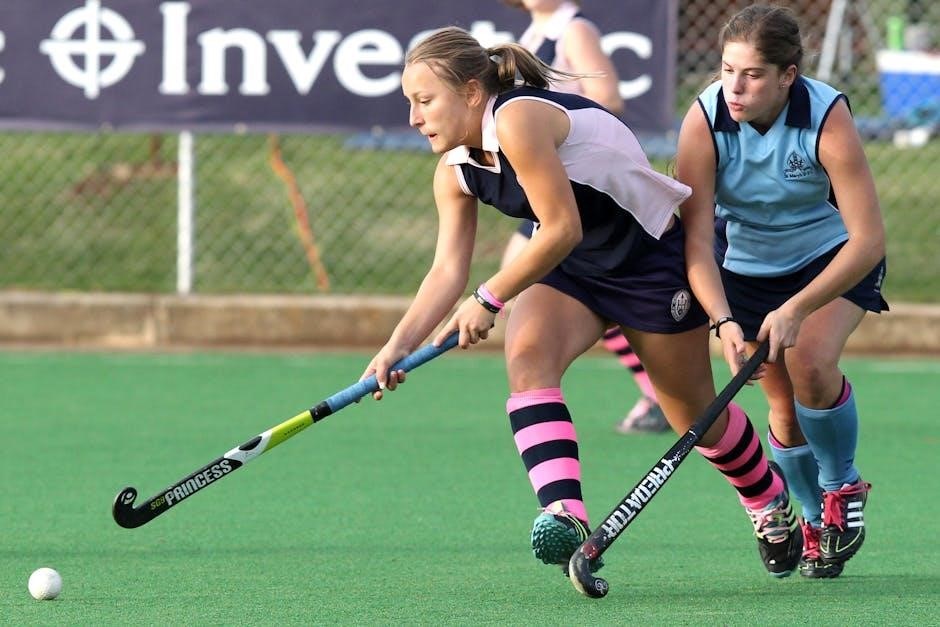
Understanding Field Hockey Stick Regulations
Regulations dictate stick length‚ material‚ and design‚ ensuring fair play and safety‚ with rules governing stick dimensions and composition‚ and governing bodies enforcing these regulations to maintain a level playing field always.
Length Limitations and Bow Restrictions
The rules of field hockey dictate specific limitations on the length and bow of the stick. The maximum allowed length is 38 inches‚ while there is no minimum length requirement. The bow of the stick‚ which refers to the curved portion‚ cannot exceed 25mm in height. Additionally‚ the maximum curvature of the stick’s face is limited to 25mm. These restrictions are in place to ensure fair play and prevent the use of sticks that could potentially cause injury or provide an unfair advantage. The governing bodies of field hockey enforce these regulations to maintain a level playing field. By adhering to these limitations‚ players can ensure that their stick is compliant with the rules and regulations of the game. This is essential for maintaining the integrity of the sport and promoting a safe and enjoyable experience for all players. Overall‚ understanding the length limitations and bow restrictions is crucial for players‚ coaches‚ and equipment manufacturers alike.
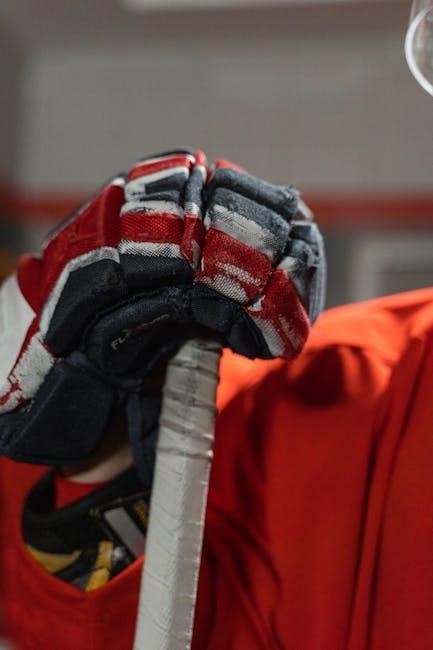
Field Hockey Stick Size Chart
A chart helps players determine the ideal stick length based on their height‚ ensuring proper fit and optimal performance in the game with accurate measurements and size recommendations easily.
How to Measure and Choose the Right Stick Length
To measure and choose the right stick length‚ players should start by standing upright with their feet shoulder-width apart‚ then place the stick next to them with the toe of the stick on the ground. The stick should reach the top of the player’s hip bone‚ with the handle reaching the player’s nipple line. This method provides a general guideline for determining the ideal stick length. Players can also consider their playing position‚ as midfielders and defenders may prefer a longer stick for better reach‚ while forwards may prefer a shorter stick for quicker stick handling. Additionally‚ players should consider their personal preference and comfort level when choosing a stick length. By following these steps and considering individual factors‚ players can find the perfect stick length to enhance their performance and overall playing experience. Using a size chart can also help players determine the ideal stick length based on their height.
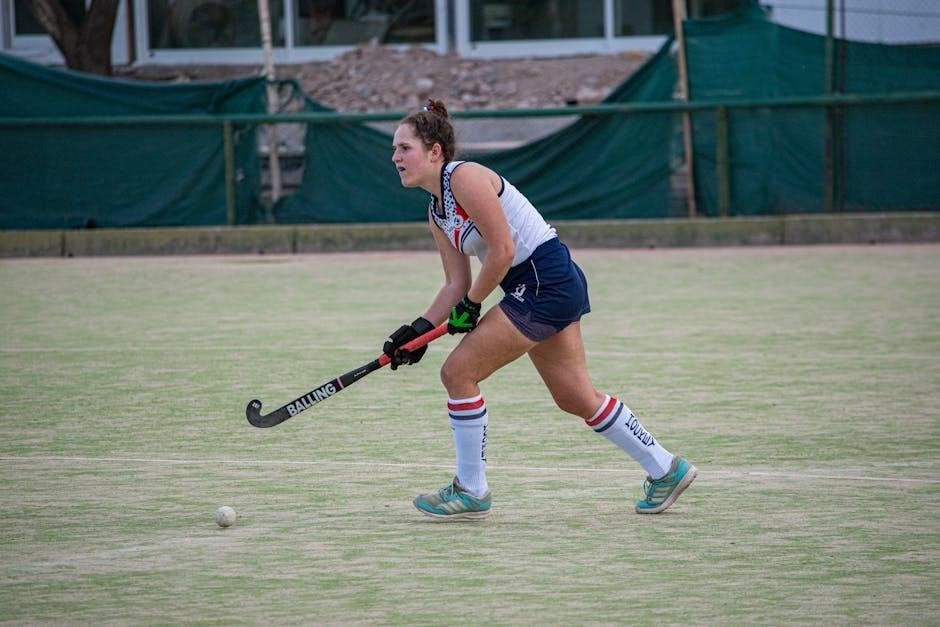
Tips for Buying the Right Field Hockey Stick
Consider experience level‚ material‚ and design when buying a field hockey stick‚ ensuring optimal performance and comfort with correct size and style selection always matters for players of all levels and skills easily.
Considering Experience Level‚ Material‚ and Design
When choosing a field hockey stick‚ it is essential to consider the player’s experience level‚ as this will affect the type of stick that is most suitable. For beginners‚ a stick with a larger head and a more forgiving material may be more appropriate‚ while more experienced players may prefer a stick with a smaller head and a more responsive material. The design of the stick is also crucial‚ with different shapes and sizes of heads and handles available to suit different playing styles. Additionally‚ the material of the stick can affect its performance‚ with wooden sticks providing a more traditional feel and composite sticks offering a lighter and more durable option. By considering these factors‚ players can select a stick that meets their individual needs and helps them to improve their game. This will enable them to perform at their best and enjoy the game more.
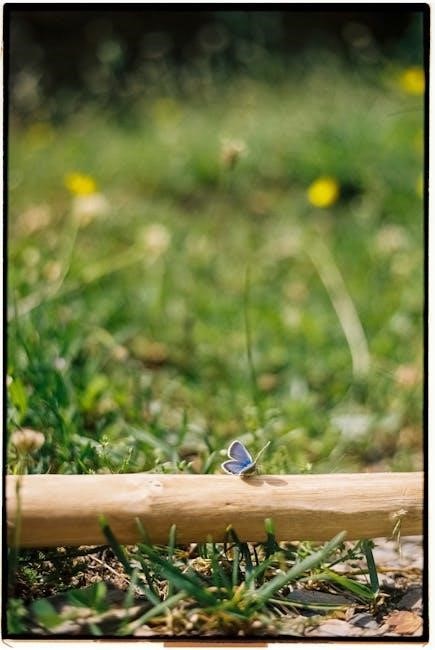
Factors to Consider for Optimal Performance
Height‚ weight‚ and balance of the stick are crucial factors for optimal performance and player comfort during games and training sessions always matter greatly.
Height‚ Weight‚ and Balance of the Stick
The height‚ weight‚ and balance of the stick are essential factors to consider when choosing a field hockey stick. A stick that is too heavy or too light can affect a player’s performance and comfort during games and training sessions. The balance of the stick is also crucial‚ as it can impact the player’s ability to control the ball and make precise movements. A well-balanced stick can help players to generate more power and speed when hitting the ball. Additionally‚ the weight and balance of the stick can also affect the player’s ability to maneuver and change direction quickly. Players should consider their own height‚ weight‚ and playing style when selecting a stick‚ and look for one that provides the right balance of weight‚ balance‚ and flexibility. By choosing a stick that meets their individual needs‚ players can improve their overall performance and enjoy a more comfortable and effective playing experience. The right stick can make a significant difference in a player’s game.
